
Welcome to the underwater world!
Medical Check-up
Skin Diver Course Completion
Skin Diving Equipment
Gear Preparation and Maintenance
Using Your Equipment
Skin Diving Skill
Rules and Manners
Safety Management
Important Points for Ocean Practice
Ear Equalization
Mask Blow
Mask Clear
Dangerous Breathing Methods – Hyperventilation
Light and Color
Poisonous Sea Life 1
Poisonous Sea Life 2
Aggressive Sea Life
Transform into a Fish on your Holidays
STARS net-diver School

|

STARS net-diver School Top Page > Snorkel Diver / Skin Diver / Introductory Diver Course > Skin Diver Manual |
|
Poisonous Sea Life 1
While being attacked by poisonous sea life is not a realistic concern, accidentally touching or being touched is a caution we should strive to remember. As well, if you are unsure about a sea creature, it is best not to touch it.
|
|
■Stingray
Rays possess a poisonous needle in their tail. They often sit on the sandy bottom, so watch your step. Electric rays can deliver a mean shock.
|
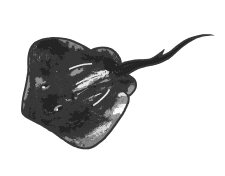 |
|
|
■Wasp scorpionfish
Nocturnal by nature, wasp scorpionfish by day conceal themselves in the silt. Be careful of your foot placements, since these fish have poisonous spines along their back.
|
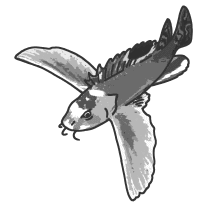 |
|
|
■Sea Catfish
These fish have poisonous spines along their back. Young fry gather in large schools, and these fish live among rock groupings.
|
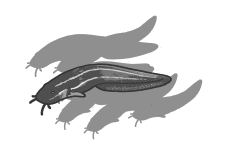 |
|
|
■Lionfish
With beautiful, feather-like fins, this eye-catching fish’s poisonous spines are dangerous.
|
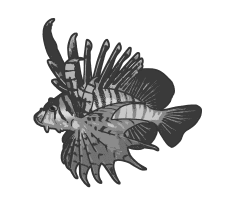 |
|
|
■Devilfish/Stonefish
These fish have poisonous spines along their back. Residing in rocky areas, they completely mimic their surroundings, so be careful when touching rocks.
|
 |
|
|
■Sea Snake
With poison more potent than a cobra, these snakes live in warm waters and, as air breathers, can regularly be seen to surface for air before diving in search of prey.
|
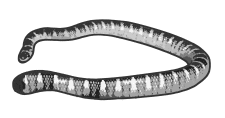 |
|
|
|
  |
|

